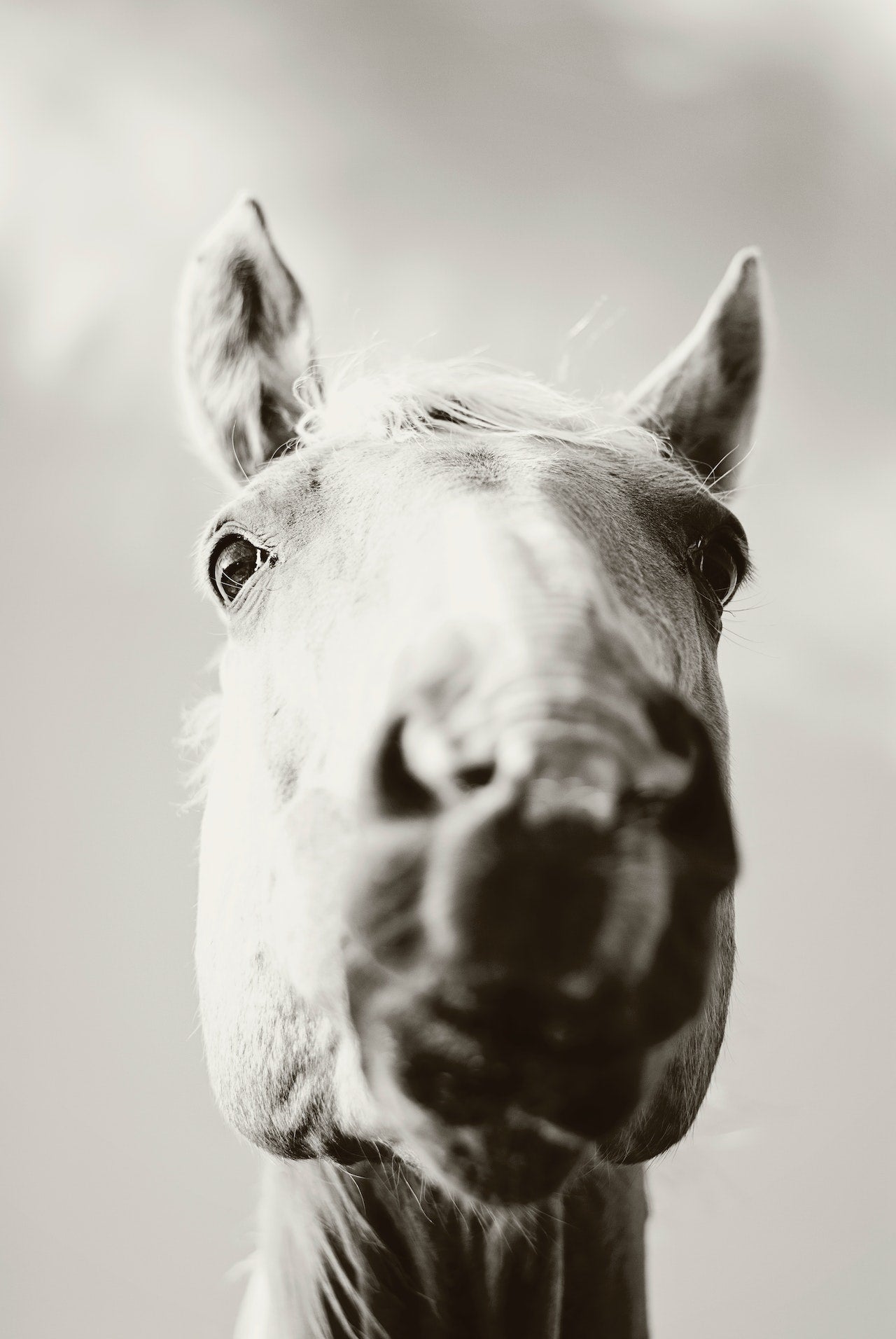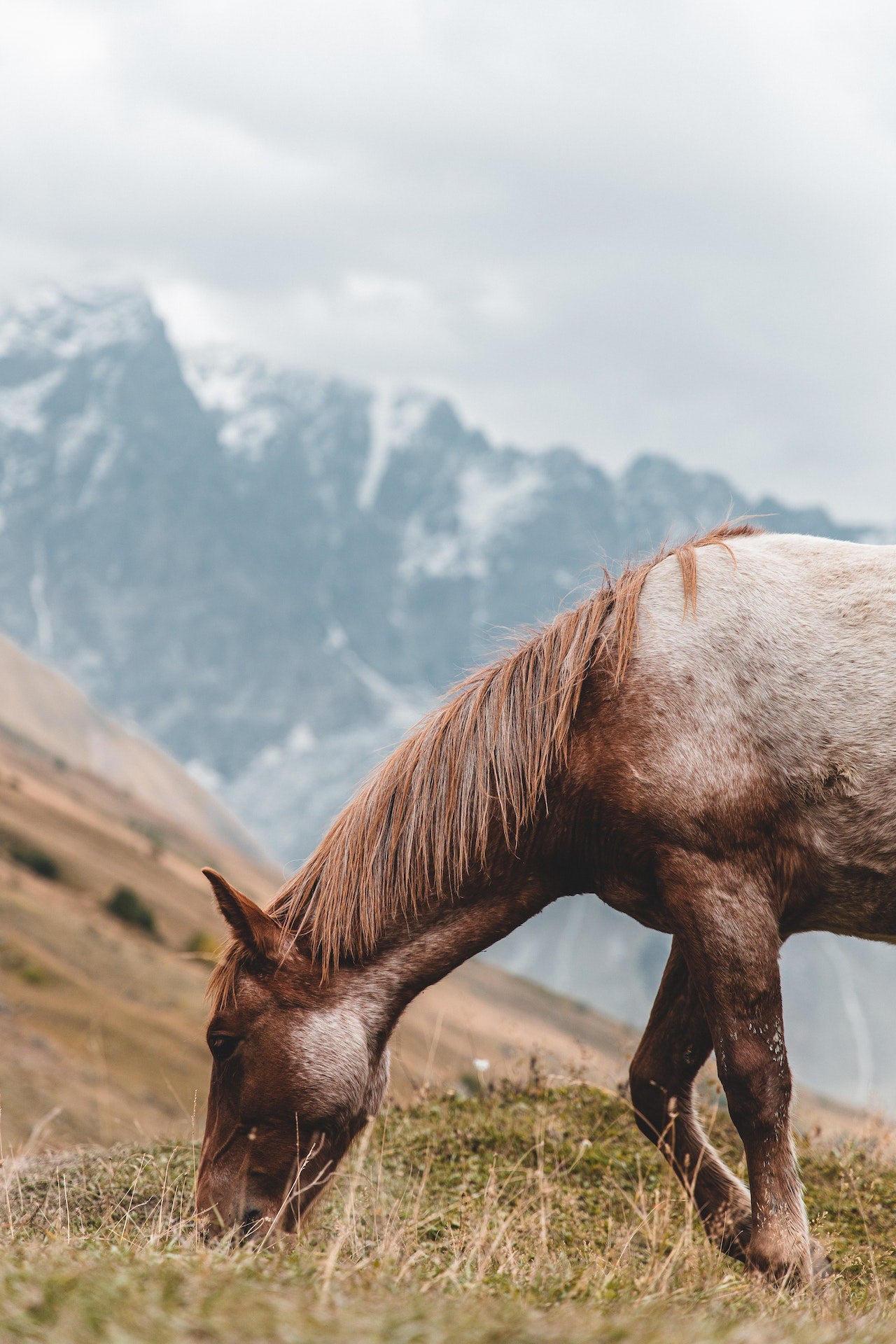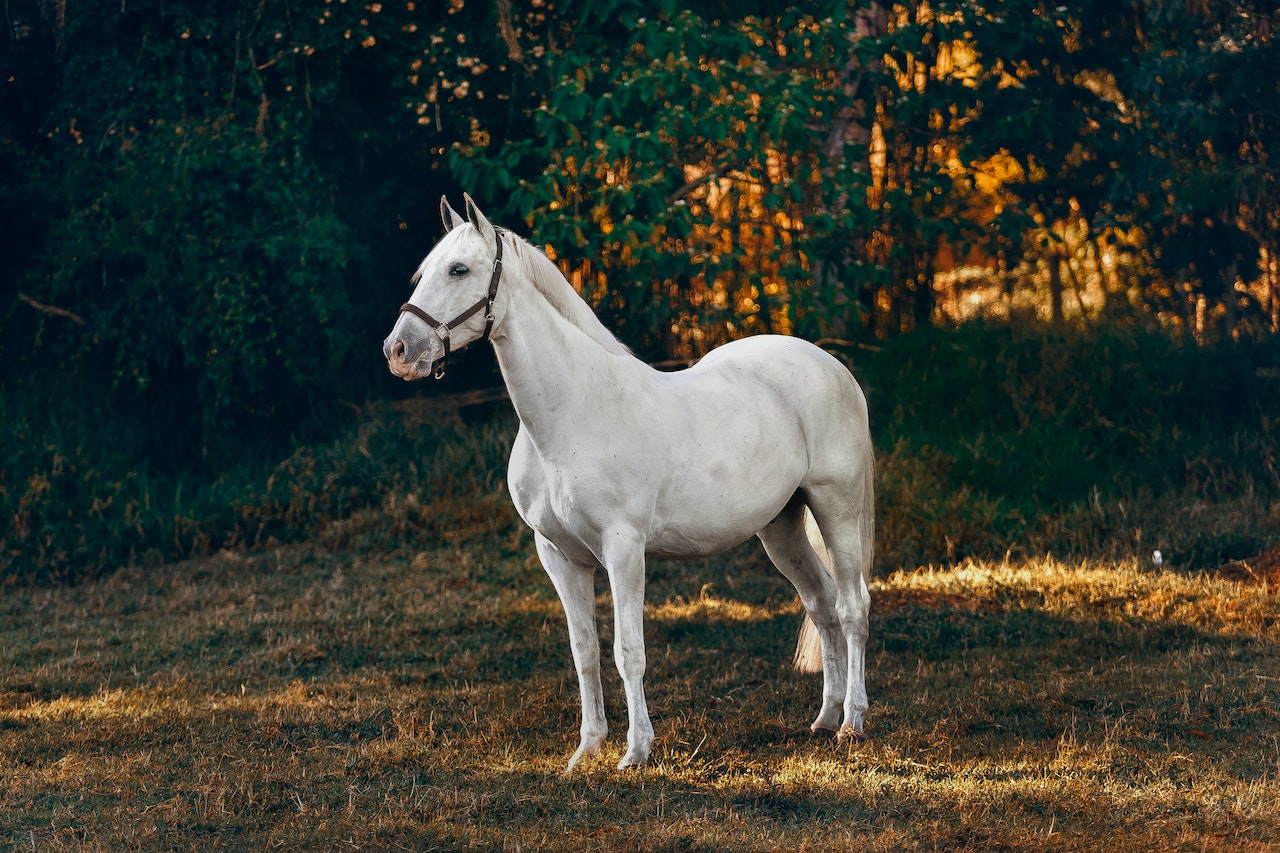
Fruit for Thought: The Benefits and Risks of Feeding Quince to Horses
Horse owners are always on the lookout for ways to improve the health and well-being of their equine companions. One food that has recently caught the attention of some horse owners is quince. Quince is a fruit that is not commonly fed to horses, but it has a range of potential benefits that make it worth considering as a supplement to their diets.
While quince may not be a typical food for horses, its high fibre content and antioxidants make it a promising addition to their diets. However, it is important to note that quince seeds contain cyanide, which can be toxic in large quantities. Therefore, it is crucial to carefully prepare and monitor the amount of quince given to horses.
In this article, we will be discussing the potential benefits and risks of feeding quince to horses. We will look at the nutrients found in quince and how they can benefit horses, as well as the potential consequences of feeding quince in large amounts. We will also discuss some safe alternatives for horses and how to feed them responsibly.
Can Horses Eat Quince?
Indeed, horses can eat quince. Quince is nutrient-dense fruit which may be beneficial for horses when fed in moderation. It contains vitamins and minerals such as magnesium and calcium. However, it is not a recommended fruit for them as it is high in sugar content and could lead to health problems.

Quince
Quince (Cydonia oblonga) is a popular fruit that is related to apples and pears, and it grows on small trees or shrubs. It is native to regions of Asia and the Mediterranean, and it has been cultivated for thousands of years.
Quince is typically yellow or green when it is ripe, and it has a tough, fuzzy skin that is not typically eaten. The fruit itself is hard, and it is seldom eaten raw, but usually cooked or processed before it is eaten. It is often used in jams, jellies, and other sweet treats. Its sweet-tart flavour makes it a popular addition to many dishes.
Quince has a unique nutritional profile that includes high levels of fibre, vitamins A and C, and antioxidants. It is also a good source of minerals such as copper, calcium, magnesium, and potassium. Many of these nutrients can benefit both humans and animals, including horses.
Nutritional Benefits of Quince for Horses
High fibre content
Dietary fibre is important for a horse's digestive health. Quince is a great source of fibre, providing horses with essential dietary fibre that can help increase digestion and absorption of nutrients, keep the digestive system functioning properly, and aid in preventing colic.
Antioxidant properties
Antioxidants are compounds that help protect cells from the damage caused by free radicals. Quince is rich in antioxidants, which means it can help protect horses from oxidative damage. Additionally, the antioxidant activity of quince may also help boost the immune system, allowing horses to stay healthy and active.
Vitamins
Vitamins A, C, and folate found in quince can help support a horse's overall health. vitamin A helps to keep the eyes, skin and coat healthy; vitamin C helps in strengthening the immune system and aid in tissue repair, and folate is responsible for forming red blood cells.
Minerals
Quince is rich in various minerals, such as magnesium, calcium, potassium, and copper. Magnesium is essential for strong bones and muscles. Calcium is needed for healthy bones and teeth and plays an important role in muscle contraction. Potassium is necessary for controlling the body's fluid balance and assists with nerve transmission. Copper is required for proper nerve and immune system functioning.
High in energy
Quince is considered high in energy due to its carbohydrate content, providing a valuable source of carbohydrates that can be used as an energy source by horses. This makes quince a great addition to a horse's diet as it can help provide the necessary energy for their daily activities. Additionally, quince is relatively low in fat and therefore can help keep a horse's weight in check.
How to Feed Quince to Horses
Preparing quince for horses
Preparing quince for equine consumption involves washing the fruit and removing the stems, leaves, seeds and skin. The fruit should then be cut into smaller slices or cubes, depending on the size of your horse. It can be served fresh, cooked, or in the form of purees, jams, jellies, and sauces.
Serving size and frequency
The recommended serving size of quince for horses is about 0.4 to 1 pound per day. This should be served in two or three separate feedings, spaced throughout the day. As quince is high in sugar content, it is not recommended to feed it to horses more than once a day.
Moderation
Quince should be fed to horses in moderation, as it is high in sugar content and could lead to health problems if consumed in large amounts. Feeding too much can cause digestive disturbances, potential weight gain, and other health issues. To ensure your horse receives the benefits of quince without causing any harm, it is important to follow the recommended serving size and frequency.
Watch for any adverse reactions
Some horses may be allergic or sensitive to quince, so it is important to monitor your horse for any adverse reactions after feeding them quince.

Risks of Feeding Quince to Horses
Cyanide content
The seeds of quince contain small amounts of cyanide, which can be toxic to horses in large quantities. Be sure to remove the seeds and skin before feeding quince to your horse.
High sugar content
The high sugar content of quince can lead to digestive problems and intestinal upset in horses if consumed in large amounts. It is important to feed quince to horses in moderation and to also provide them with other fruits and vegetables for a balanced diet.
Allergies
Some horses may be allergic or sensitive to quince, which can cause a range of adverse reactions such as hives, itching, and difficulty breathing.
Other Safe Alternatives
Other safe alternatives to feeding quince to horses include hay, grass, grains, fruits, and vegetables. These can provide your horse with essential vitamins, minerals, and nutrients while avoiding the high sugar content found in quince. Additionally, carrots, apples, and bananas are other healthy options to feed your horse.
Final Words
It is important to feed your horse a balanced diet and to make sure they get the right vitamins and minerals in their diet. Quince can be beneficial in small amounts, but should not be relied on as a major food source for your horse. When feeding quince to horses, moderation and variety are key.



